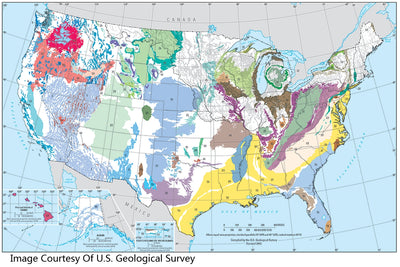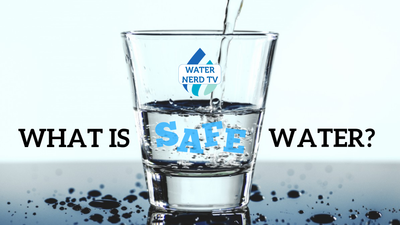Analies Dyjak, M.A. | Policy Nerd
Updated August 2, 2019 to include current data
For Hydroviv’s assessment of Portland, Oregon drinking water quality, our Water Nerds collected test data from the Portland Water Bureau, the U.S. Environmental Protection Agency, and other available data. We cross referenced these data with toxicity studies in scientific and medical literature. The water filters that we sell at Hydroviv are optimized to filter out contaminants that are found in Portland’s drinking water.
Where Does Portland, Oregon Source Its Drinking Water?
Portland sources its drinking water from the Bull Run River which is located in Mt. Hood National Forest. Portland also draws drinking water from the Columbia South Shore Well Field, which is made up of 26 groundwater wells. The wells draw water from three different aquifers located on the perimeter of the Columbia River.
Lead In Portland’s Drinking Water
Lead contamination is by far of biggest concern in Portland, Oregon drinking water. Not only are the city wide lead levels among the highest in the country, lead contamination has been getting worse in recent years. According to the most recent data, the 90th percentile for lead in Portland drinking water is 11.9 parts per billion. This is just under the outdated Federal Action Level of 15 parts per billion. In recent years, the 90th percentile in Portland has exceeded the Federal Action Level. Additionally, to put things in perspective, EPA, CDC, and American Academy of Pediatrics all recognize that there is no safe level of lead for children.The goal of annual Consumer Confidence Reports is to be as transparent as possible so that residents can be informed about problems with their drinking water. Unfortunately, Portland’s report was written in a way that leaves consumers confused when it comes to lead. When reading through the report, lead levels for the treated source water are displayed prominently. Of course, these lead levels are very low, because lead contaminates water as it flows through lead containing pipes found in the distribution system and the home’s plumbing. The relevant data for samples collected at the tap are buried in a small table on the next to last page, separate from the other contaminants.
Disinfection Byproducts In Portland’s Drinking Water
Portland’s municipal water also had high concentrations of Disinfection Byproducts or DBPs. Concentrations were detected as high as 44.5 parts per billion, and averaged 37.7 parts per billion for Total Trihalomethanes (TTHMs). Haloacetic Acids-5 (HAA5) concentrations were as high as 51.2 parts per billion and averaged 37.7 parts per billion. For a bit of perspective, EPA's Maximum Contaminant Level for TTHMs is 80 parts per billion and 60 parts per billion for HAA5. While Portland's water quality chemical concentrations are technically in compliance, these levels are definitely high. Disinfection Byproducts are a category of emerging contaminants which means they have been detected in drinking water but the risk to human health is unknown. DBPs are formed when chlorine-based disinfectants are routinely added to the water supply to kill bacteria. EPA has stated that they have been linked to an increased risk of bladder cancer, as well as kidney, liver, and central nervous system problems. Some disinfection byproducts have almost no toxicity, but others have been associated with cancer, reproductive problems, and developmental issues in laboratory animals.
Chloramine In Portland’s Drinking Water
While most municipalities use chlorine as the primary drinking water disinfectant, Portland’s drinking water is disinfected with chloramine. Chloramine is primarily responsible for what many customers report as the “bad taste” or “pool smell” of tap water. Unlike chlorine, chloramine does not dissipate if a container of water is left in the refrigerator overnight. Most one-size-fits-all water filters use filtration media that doesn’t do a great job removing chloramine, but the filters that we design and build at Hydroviv for Portland's water problems use a special filtration media that is purposefully designed to remove chloramine.
It’s important to note that only a handful of contaminants are required to be included in annual Consumer Confidence Reports, and that there are hundreds of potentially harmful unregulated contaminants that aren’t accounted for. If you’re interested in learning more about water filters that have been optimized for Portland’s tap water quality, feel free to visit www.hydroviv.com to talk to a Water Nerd on our live chat feature or send us an email at hello@hydroviv.com.
Other Articles We Think You Might Enjoy:Lead Contamination In Drinking Water
Disinfection Byproducts In Drinking Water: What You Need To Know
Chlorine Vs. Chloramine: What You Need To Know





